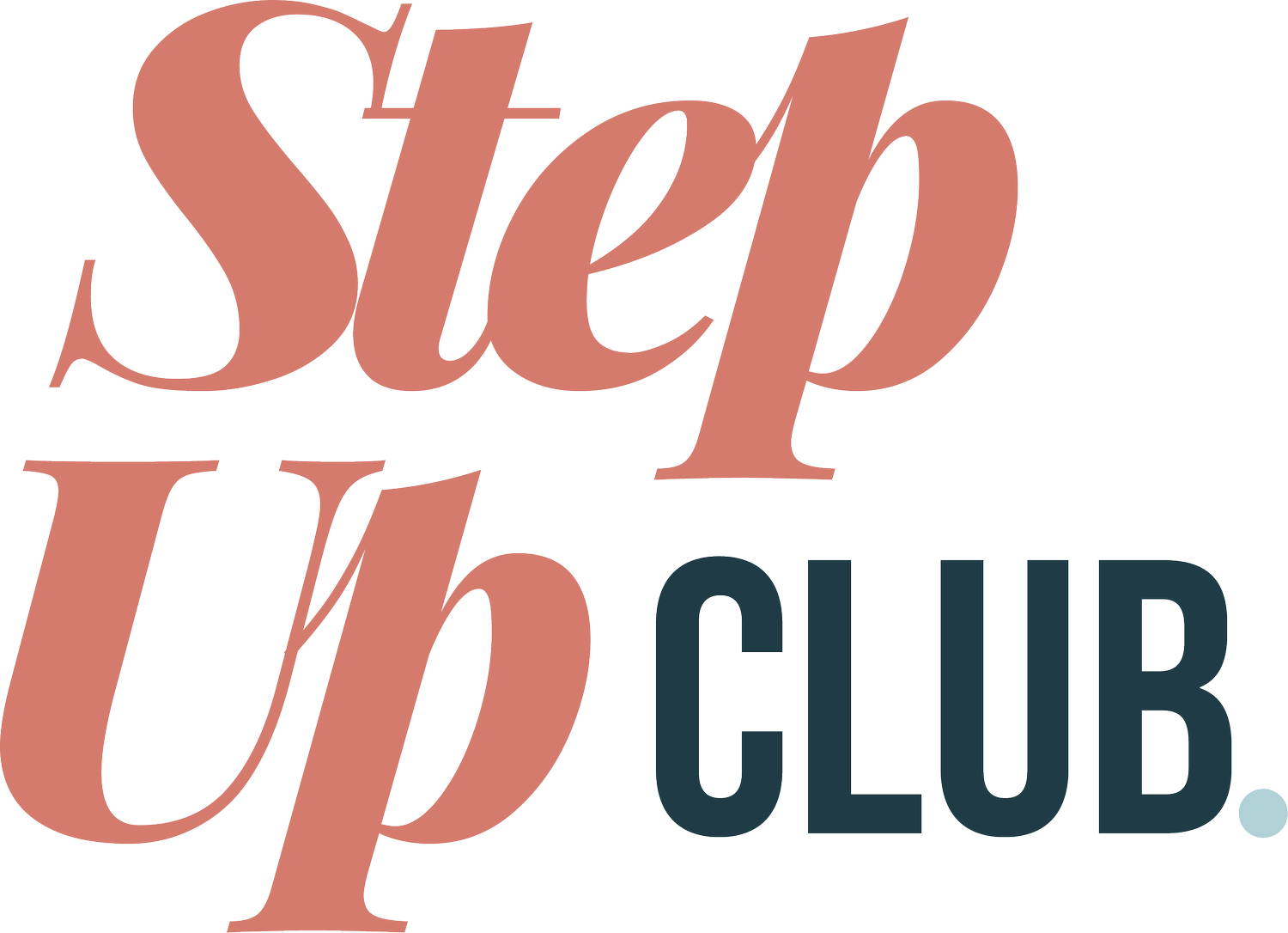Write The Perfect Pitch (And Reap The Rewards)
First, a question for you.
Do you think you need to earn your learning and development from work? That it is some sort of perk?
If you answered yes, you are not alone. But you’re also not doing yourself justice.
Here’s the thing, we are conditioned to think that investment in our career growth should somehow be a benefit. This is most likely because, as a recent study proves, the majority of business leaders also consider (and tend to frame) learning in those terms. Therein lies the problem. Or problem number 1, let’s call it that.
Benefits such as extra days off and financial bonuses are, of course, legitimate perks. Incentivisation is a proven method of motivation, and pretty much all of us respond accordingly.
But workplace learning isn’t a “nice to have” added extra. It isn’t something you need to earn.
Workplace learning is a critical component of your employee experience and an important element of your company’s overall strategy, which can have a major impact on the business as a whole.
Problem number 2 incoming: despite plenty of research to the contrary, only 33% of business leaders think their learning and development investments impact business outcomes.
I could share reams of statistics at this point, but I’m going to cut to the chase and get practical.
You need to write a killer pitch. This pitch, to follow, is to secure your Learning and Development budget. But you can use this simple structure against many ask’s at work.
Alice’s 4 Step Guide To Building Your L&D business Case
A proper business case builds confidence and professionalism. It showcases your knowledge and vision, and contains data and metrics that are impossible to refute. Let me help you craft yours.
STEP ONE: Consider your current business challenges
Before you begin framing the solution (employee learning), you need a clear understanding of the problem. What are your company leaders most concerned about? Your business case should take into account the current challenges your organisation is facing to lay the foundation for how learning can help.
Here are some prompts to get you thinking:
The shift to hybrid/remote work - 78% prefer it, but hybrid can complicate communication, collaboration, management, and career growth.
The ripple effect of the Great Resignation - a Gallup study in 2021 found that 48% of the US working population was actively searching for new opportunities, citing lower levels of employee engagement as the driving force.
The rapid and accelerating pace of technological change - According to a WEF report, 85 million jobs will be displaced by AI by 2025. As routine tasks become automated demand for human skills like creativity and storytelling increases.
The economic climate is uncertain - There’s fear and confusion about what’s happening within global markets. Many companies are tightening their budgets. Hire freezes and layoffs place a greater strain on the existing workforce and erode morale.
The limitations of your learning and development (L&D) team - While you may have big ambitions for your learning initiatives, being honest about your internal challenges will be critical to your success.
STEP TWO: Outline the benefits and outcomes of learning
Now that you have a better understanding of the challenges your business is facing, you can craft how an integrated, company-wide learning initiative can help address them.
Invest from within. Building internal talent requires time and money — but so does external hiring, and to a much greater sum.
Focus on retention. Encouraging employees to learn and grow at work isn’t just about saving money — it also leads to longer tenures and more engaged employees.
Develop strong leaders. Today’s leaders need a whole new suite of skills — from technical ones like data literacy and digital acumen to EQ and inclusivity.
STEP THREE: Connect learning to critical business outcomes
Investment in internal talent reduces overhead costs, increases productivity, improves employee retention, drives growth and revenue, and promotes business continuity.
(See main image for more here!)
STEP FOUR: Make the case for integrated learning
As you build your business case for learning, consider what type of solution will help you realise your learning strategy. It’s not just about course content — your chances of success increase when you choose an integrated learning solution from a single, comprehensive provider.
Deliver learning programs that fit the needs of your company - Your company is likely to have varied learning needs.An integrated learning solution can account for these different use cases as well as offer learning in different modalities such as self-paced on-demand workshops, hands-on immersive sessions, and interactive cohorts.
Simplify metrics and gather insightful data - With a single provider, you can gain visibility into learning across many employees within your company. You’ll be able to monitor user engagement and measure them against business outcomes,
Partner with an expert - When budgets are tight, needs are varied and employees are disparate, an expert will bring unity and continuity, as well as the knowledge to achieve your goals.
*Some content inspired by an Udemy ebook
Step Up Club’s Corporate Membership solution provides a flexible, effective and accessible outsource option for your ongoing investment in the female talent at your company. Whether you are a decision maker, or want to craft and pitch your business case, we can work with you to hone these steps and provide data and testimonials to prove our worth.
With the Step Up Club your company will not only equip its female employees to be future-ready, self-confidence and new skills, together we will drive engagement, build inclusivity and work towards achieving critical business goals.
Corporate Membership costs just £2790 per quarter for up to 30 employees. Click here to find out more.
